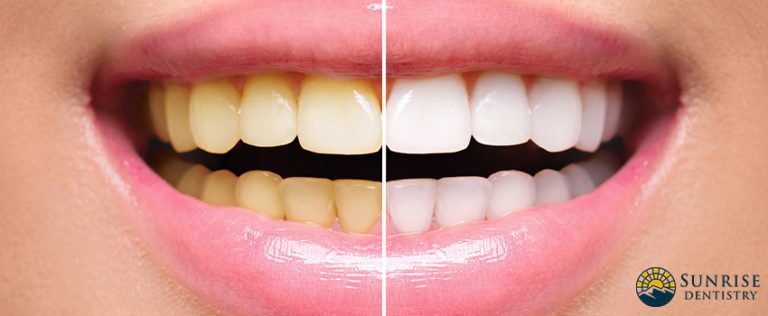Not all conditions that affect the oral cavity can be linked with a specific disease. For example, the exact cause of a salivary stone is not known, only the risk factors. Let’s discuss the onset of a salivary gland stone further and how a holistic treatment from dental professionals can help treat this condition.
What Is a Salivary Gland Stone and How Does It Form?
We have three major types of salivary glands in the mouth. Parotid glands are located on both sides of the face. Sublingual glands are positioned beneath the tongue, while submandibular glands are under the jaw. All of these glands help in the production of saliva to ensure proper food digestion.
Saliva is drained through ducts. Any of these ducts can be blocked by calcified stones. The exact cause of stone formation remains unclear. It is thought that when the chemicals in the saliva, most of them calcium salts, mix with cell debris and mucus in the mouth, it will form a deposit that may accumulate in the gland or ducts.
This condition is common among people between 50 and 80 years old. It mostly affects the submandibular glands in approximately 80% of cases, and it occurs as a single, large, salivary stone. It is also more common in men than in women.
What Are the Risks Factors for a Blocked Salivary Duct?
As mentioned above, what causes salivary stones remains unknown. Aside from gender and age, factors that decrease saliva production or thickened saliva may also contribute to the development of a salivary gland stone. These include:
- Dehydration
- Poor eating
- Medications like antihistamines, anti-hypertensive, and psychiatric and bladder control drugs
- Trauma to the salivary glands
Salivary Stones Symptoms
Patients do not often experience any symptom as the stones are forming, but as soon as they reach a size that blocks a duct, the saliva will be pushed back into the gland, causing pain and inflammation. Pain is often exacerbated by eating.
If the gland becomes infected, the pain will get worse and fever may ensue.
How Do You Diagnose a Salivary Stone?
To confirm the diagnosis of a salivary gland stone, a complete physical examination should be done. One can easily palpate a stone. If the professional suspects a swollen mass, a CT scan may be necessary to rule out other causes, such as dental abscesses, swollen lymph glands, lymphoma, sarcoidosis, or tumors.
In rare cases though, an X-ray may be requested. A dye will be injected into the duct for easy viewing.
Blood tests will also help confirm the results of the imaging studies.
How Does One Treat a Salivary Gland Stone?
Salivary stones often get noticed when there is a bump or discoloration on the floor of the mouth. They are accompanied by discomfort, pain, and swelling because the saliva is pooling and creating pressure.
Treatment will depend on the number, size, shape, consistency, and location of the salivary stone.
Smaller stones can be treated with home remedies like over-the-counter anti-inflammatory drugs or painkillers, warm compresses, and rehydration. Antibiotics are only prescribed if with infection. Experts also recommend lemons because they promote saliva flow. Another easy salivary stone removal technique is massage. This works well in dislodging small stones.
Larger stones, however, will require dental professional services. An endoscopic procedure known as sialendoscopy will be performed to remove salivary gland stones. This was developed and first used in Europe. It uses a tiny lighted scope, inserted into the gland. It will give a good view of the duct system. Using micro instruments, the stone can be removed to relieve the blockage. This is an outpatient procedure and done under local anesthesia only.
If the stone caused irreversible damage or is recurrent, surgical removal of the gland may be necessary.
Preventive Measures
Decreasing the number of bacteria that accumulates in the mouth is an excellent defense against salivary stones.
Brush your teeth at least twice daily, followed by flossing. The use of quality dental home products like fluoride toothpaste and mouth rinses with Chlorhexidine may be helpful. This unique formula fights cavities and tartar buildup.
For more information on salivary stones and how the services of holistic dentistry in Durango, CO can help prevent them, contact our office today. Our friendly staff will be happy to help.





